來品嚐台式火鍋吧 / Let's try some Taiwanese hotpot
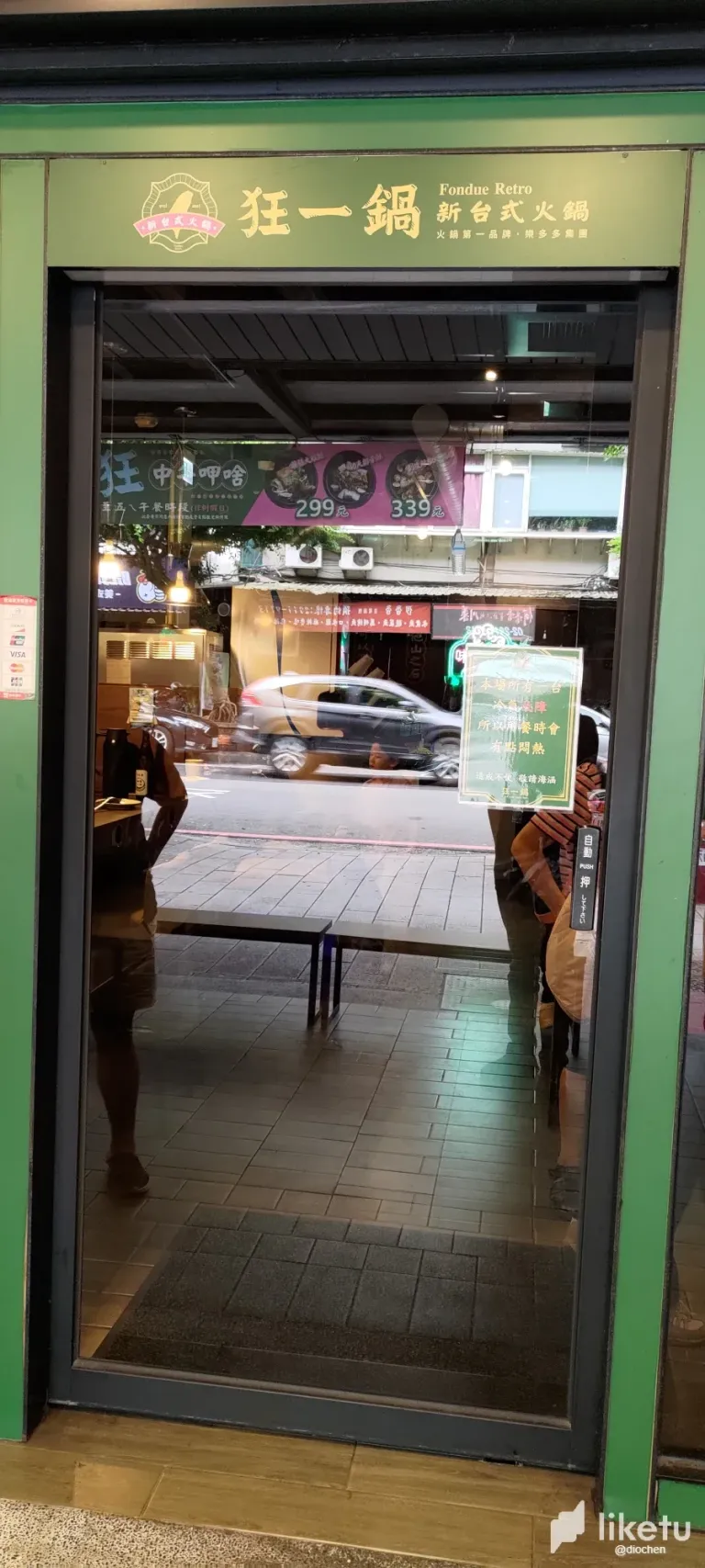
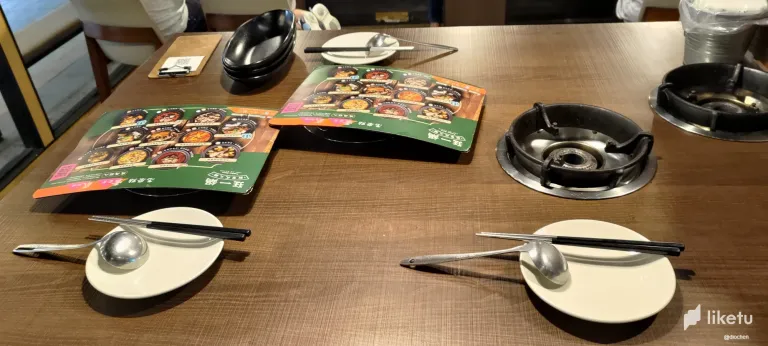
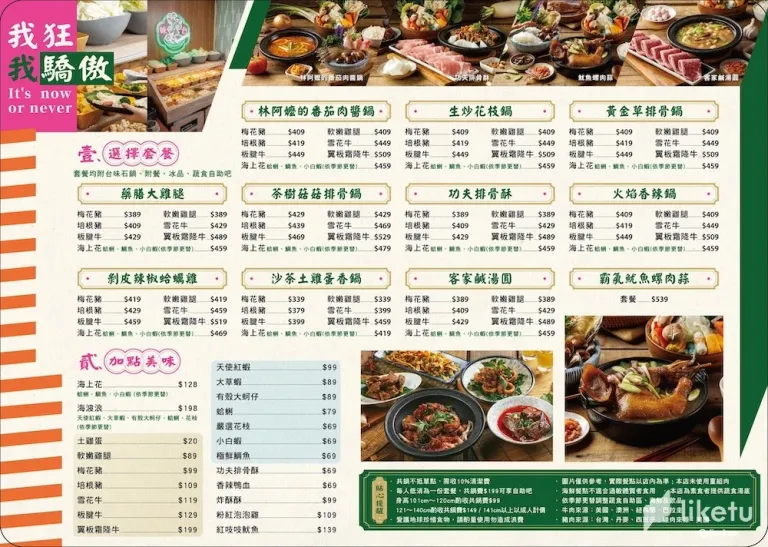
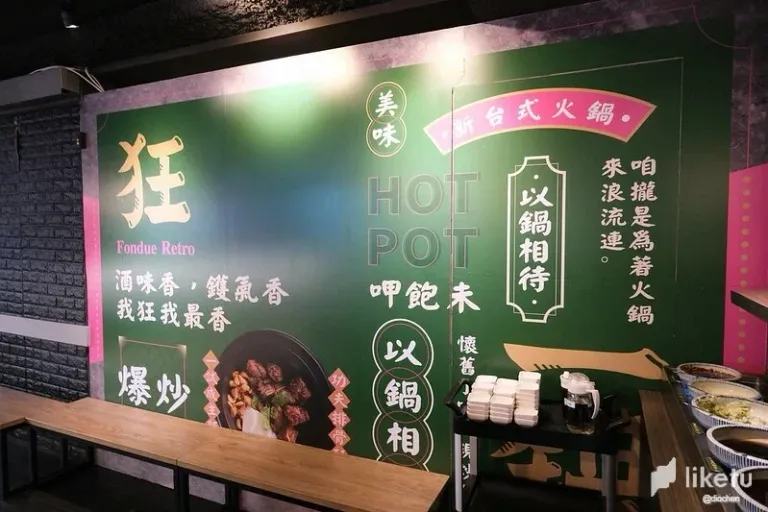
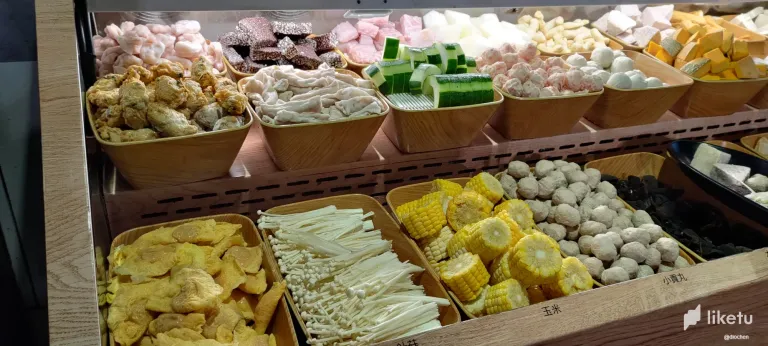
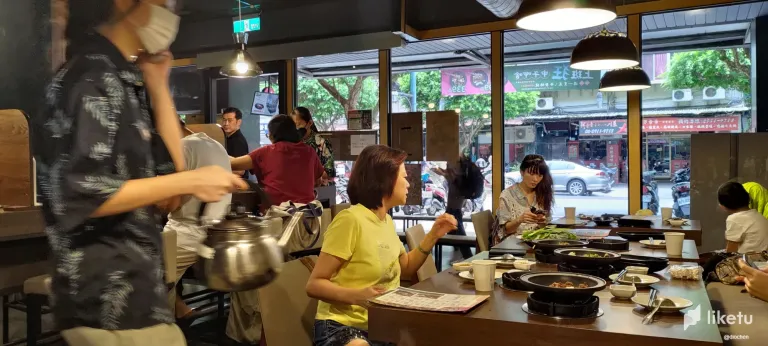
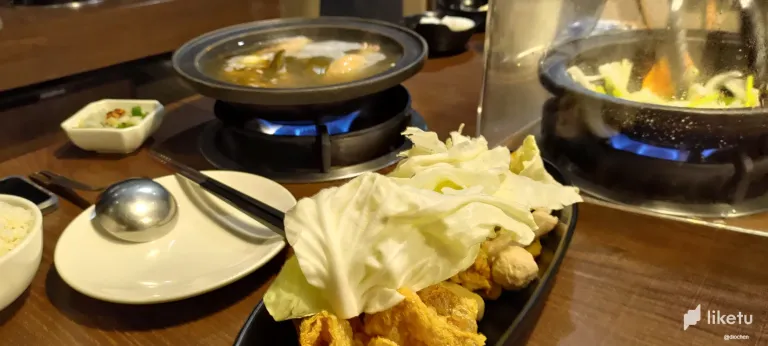
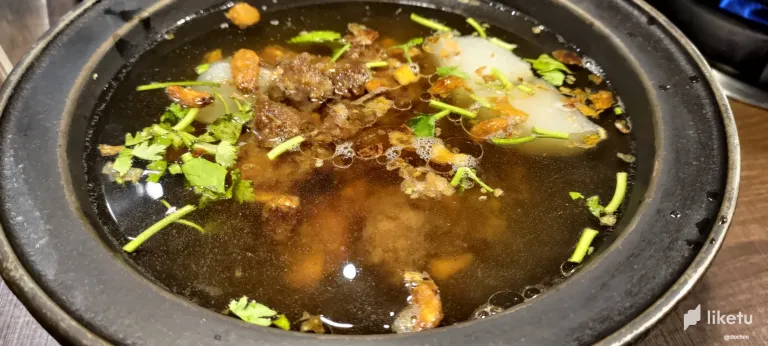
火鍋作為一種飲食方式,可以追溯到古代中國,它的來源並無定論,但火鍋最早的形式可能來自中國古代的涮食方式,當時人們使用鍋子燒熱水,將肉片和蔬菜放入水中涮煮,然後蘸醬料食用,這種涮食方式在中國歷史上相當古老,可以追溯到數千年前,而有記錄顯示,漢朝時期的宴會中就已經存在使用涮食方式的習慣。這種方式在宴會中被認為是一種高雅的飲食享受,隨著時間的推移,火鍋逐漸成為了一種家庭聚會和社交活動的方式,現今,隨著餐飲業的發展,火鍋也逐漸成為一種不論是達官貴人或是市井小民,都能大快朵頤的一種料理方式。
全球各地的火鍋文化因地域、風味和文化的不同而呈現多樣性,中國是火鍋的起源地,中國地大物博,各個省域的火鍋特色各有不同,我特別喜歡
以辣椒和花椒的麻辣味道為主的重慶火鍋,之前,我在台灣吃的麻辣火鍋只有辣味、沒有麻味,有了麻味才是麻辣鍋啊,日本的火鍋,好像叫做「壽喜燒」,是將肉片放在涮的同時,同時加入調味醬汁,讓食材在短時間內吸收醬汁的味道,越南的火鍋叫做「Lẩu」,通常以清湯為底,並使用各種香草和香料,賦予食物獨特的風味。
美食能卸除人與人之間的防備,透過餐桌上的交流,更能分享彼此的觀點、文化與故事,因為 Hive 上的朋友可能來自五湖四海,假如是 Hive 社區的聚會的話,還是大家來吃一點美食吧,以食會友,這幾年來,外國人對台灣的美食的印象,大多是夜市小吃如大腸包小腸、臭豆腐、蚵仔煎等,或是牛肉麵、小籠包、珍珠奶茶等,其實,這幾年來物價飛漲,上面那幾樣台灣特色美食,我也沒很常在吃,而最近我和朋友聚會時,吃過的台式火鍋,我覺得,倒是可以推薦給還未踏過台灣的朋友嚐試看看。
在台灣那麼多主打台式火鍋的店家,我推薦哪一家呢?我推薦的是狂一鍋,狂一鍋主打個人小火鍋,鍋底採用鹹香排骨酥、爆炒沙茶、生炒花枝、客家鹹湯圓、剝皮辣椒等經典台式滋味,狂一鍋另一個特色,就是在店內會時不時瞧見各種新潮搞笑的「幹」話,這種用餐氛圍,深受年輕人的歡迎,只要點一份個人鍋,就可以使用店內沙拉吧,它們家的沙拉吧,我用過的分店菜色可能有多有少,但品質都有一定水準,我都能找到我喜歡的菜色,價錢合理,是一家吃起來輕鬆無負擔的火鍋店。
其它會跟狂一鍋比較的火鍋店有肉多多及尬鍋,肉多多和狂一鍋是同一個集團的,肉多多就是主打肉讓你爽爽吃,肉多多絕對是肉食愛好者的天堂,只要壽星生日當月去肉多多火鍋,就送浮誇生日肉蛋糕,尬鍋也是主打創新台式好味,主打濃郁台式雞湯,搭配鍋內純雞油爆炒雞腿肉,佐以辛香料、藥材提鮮,味道也蠻豐富的。
路線不同,但也很有名的火鍋店還有幾家,橘色涮涮鍋以橘色為主視覺,它被鄉民們稱讚為「火鍋界的LV」,不但貼心的服務讓人賓至如歸,更不用提完善的用餐環境,和美味的鍋物料理了,太和殿麻辣火鍋,是許多藝人曾經光顧的名店,以高價的精緻風格經營,特殊中藥材的香濃麻辣湯頭,可依個人喜好調整辣度與鹹度,以上幾家好,但貴,很多人都是去打卡,去打一個到此一遊的卡,但去過一次,可能就再也不會去第二次。
吃飽了,我倒是可以帶領各位在台北區域,看看不為人知的台北,前面提到的台灣知名夜市小吃,我覺得這幾年來,小吃已經不小吃了,雖然大腸包小腸、臭豆腐、蚵仔煎等小吃,我還是推薦,但是有些小吃,價錢堪比正餐的價錢,所以,我已經沒有在吃夜市美食,看看我之前幾篇介紹跳蚤市場的文章《透早逛跳蚤市場 (一) / Early Morning Strolling in the Flea Market Part One》和《談談台北「蚤之市」(一) / "Taipei Flea Market Chronicles" Part One》,就知道我較常跑一些冷僻的地點,所以,我會規劃些冷門地點,可能是旅遊較少到的地方,但交通還算方便的地方,如寶藏巖或林安泰古厝,對戶外有興趣的話,可以試試晚上爬上象山、劍南山,看看台北的夜景。
PS: 早就看到友哥的徵文活動,想想自己,可以做的,應該就是帶大家吃喝玩樂吧,但平常日,手邊任務太多,平日先醞釀,趁著週末,總算,把它完成。
Hotpot, as a dining style, traces back to ancient China. While its exact origin is debated, the earliest form of hotpot might have stemmed from the ancient Chinese method of "涮" (shuàn), where meat and vegetables were boiled in hot water and then dipped in sauces for consumption. This style dates back thousands of years, with records indicating its presence in banquets during the Han Dynasty, where it was considered an elegant culinary experience. Over time, hotpot evolved into a way to enjoy family gatherings and social activities. Today, with the development of the food industry, hotpot has become a delightful way of dining for both the elite and common folks alike.
Hotpot culture varies worldwide due to regional flavors and cultures. China, being the birthplace of hotpot, has different regional specialties. Personally, I'm fond of Chongqing hotpot, known for its numbing and spicy taste from chili and Sichuan peppercorns. Unlike the spicy hotpots I've had in Taiwan that focused solely on heat, the real deal has both the numbing and spicy sensation. In Japan, their version is called "Shabu-shabu," where meat is swished in a pot while being dipped in flavorful sauces for a quick infusion of taste. Vietnam's "Lẩu" uses a clear broth base and incorporates various herbs and spices for unique flavors.
Food has the power to break down barriers between people, and conversations over meals allow for sharing of perspectives, cultures, and stories. Given the diverse community on Hive, how about a gathering where we all enjoy some delicious food? Sharing food together is a wonderful way to connect. In recent years, foreigners' impressions of Taiwanese cuisine have mostly centered around night market delicacies like sausage in sticky rice, stinky tofu, and oyster omelette. While these are delicious, the rising costs mean I don't have them often anymore.
Speaking of hotpot places in Taiwan, I recommend "狂一鍋 Crazy One Pot". Their individual hotpots use classic Taiwanese flavors like savory spare ribs, sautéed satay, fresh stir-fried squid, Hakka-style salty glutinous rice balls, and peeled chili. The atmosphere at Crazy One Pot is vibrant and modern, with humorous dialogues decorating the walls, which appeals to the younger crowd. Their salad bar is quite decent too, offering various options. It's a relaxed and budget-friendly hotpot option.
Other hotpot spots to consider are "肉多多" (Meaty Hot Pot) and "尬鍋" (GOD DUO Hot Pot). Meaty Hot Pot is known for offering a meaty feast, while GOD DUO Hot Pot highlights rich Taiwanese chicken soup base combined with marinated chicken thigh, seasoned with spicy condiments and fresh herbs.
There are other renowned places like "橘色涮涮鍋" (Orange Hotpot), known as the "Louis Vuitton of hotpot." Their attentive service, cozy ambiance, and delicious offerings make it a favorite. "太和殿麻辣火鍋" (Taihe Dian Spicy Hotpot) is a high-end option with intense Sichuan flavor and special herbal ingredients. However, such places can be pricy and might be more for an occasional visit rather than a regular dining spot.
Now that we're full, I could actually take you around lesser-known spots in the Taipei area. Earlier, I mentioned Taiwan's famous night market snacks. However, in recent years, these snacks have become more than just quick bites. While I still recommend classics like sausage in sticky rice, stinky tofu, and oyster omelette, some snacks are now almost as pricey as full meals. As a result, I've cut down on indulging in night market delights.
If you've read my previous articles about flea markets titled "Early Morning Strolling in the Flea Market Part One" and "Taipei Flea Market Chronicles" Part One, you'll know that I tend to explore more obscure places. So, I'd plan visits to less-traveled locations, places that might not be high on the tourist radar but are still conveniently accessible. If you're into outdoor activities, you could consider taking a nighttime hike up Xiangshan (Elephant Mountain) or Jiannan Mountain to catch Taipei's dazzling night views.
PS: I've been eyeing Friend's writing contest for a while, and considering my interests, sharing about food, activities, and fun seems like a good fit. However, with tasks piling up on weekdays, I had to plan this over the weekend. It's nice to finally put it together.
For the best experience view this post on Liketu
我也好喜歡吃火鍋,台式的卻很少有機會吃到
火鍋算是較簡單及方便的,湯頭美味和食材新鮮就很會很好吃了
你这篇文章要收集一下。 11月头去台北玩一个多星期,现在是搜集资料的时候。 有时间的话一定去那里试试好吃的火锅。
可以保持聯絡,我可以帶你台北逛逛
好哦。 到时有时间去找你。 我们在台北一个星期。 你有好的四星酒店(台北火车站附近)推荐吗?我看到有挺多的,但不知那一间又住的舒服价格又好的。
以下可以參考看看
君品酒店 (它是老牌飯店品牌,品質有一定保障)
https://www.booking.com/hotel/tw/palais-de-chine.zh-tw.html?aid=1475963
索拉利亞西鐵飯店台北西門 (它是連鎖飯店品牌,品質應該不差)
https://www.booking.com/hotel/tw/solaria-nisitetsu-taipei-ximen.zh-tw.html?aid=1475963
捷絲旅西門町館 (它是位於西門町的新興飯店,蠻多人推薦的)
https://www.booking.com/hotel/tw/just-sleep-ximending.zh-tw.html?aid=1475963
西門町那帶較多便宜飯店,生活機能佳,很多都是青年旅館,也可以考慮
多谢你的资料。 对我们来说,品牌好一点的旅店会令我们的旅途更愉快
去台北,除了找刘大美女,也可以找你了
好喔